1. Shop & eat at one of Belém's historic markets
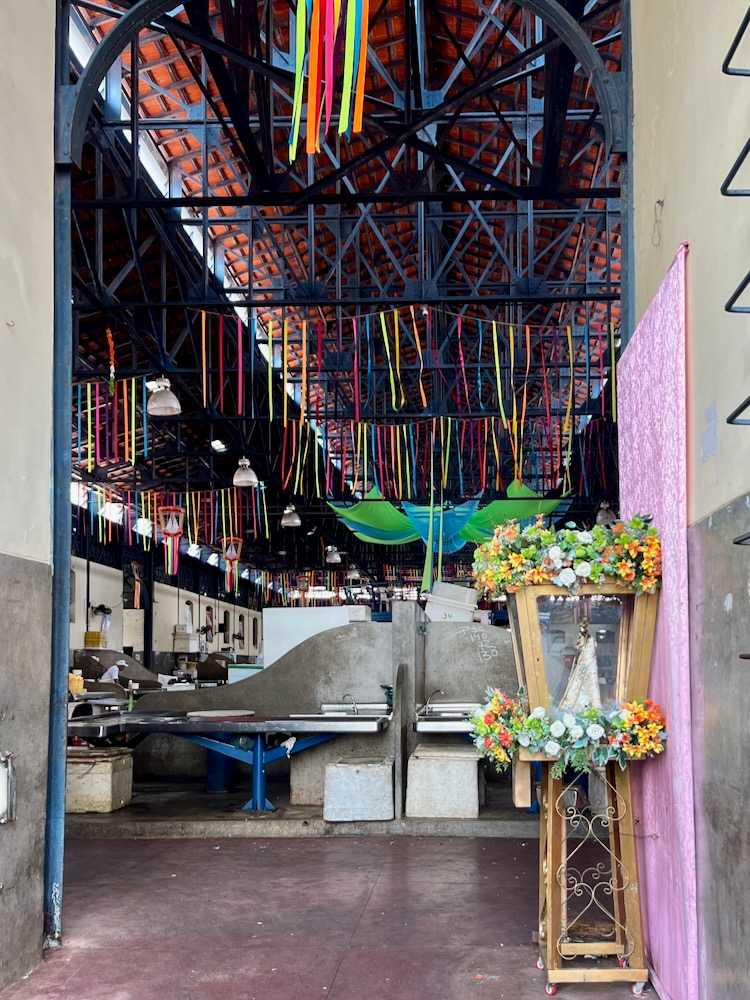
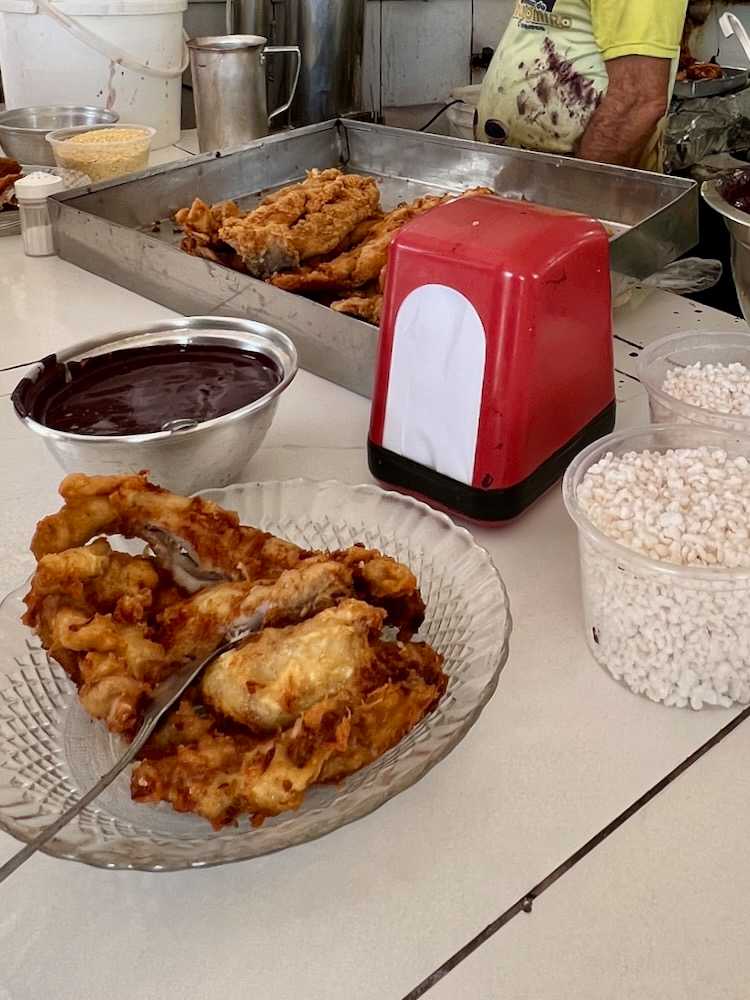
Belém’s waterfront markets have been a fixture of Paraense pride, history, and culture for nearly 400 years.
Here, tourists and locals converge to shop, eat, and browse exotic and artesian goods. Arrive in the morning to witness the markets’ chaos and glory. Stay for lunch at one of the many stalls selling fried fish and unsweetened Açaí.
The most famous is Mercado Ver-o-Peso. Given the city’s strategic location, Mercado Ver-o-Peso opened in 1625 as a weigh and tax station for goods arriving from both the Amazon and Europe. Today it is one of the largest open-air markets in Latin America.
In addition it Mercado Ver-o-Peso, nearby is the Mercado de Carne or Mercado Francisco Bolonha (Meat Market) built in 1901, Mercado de Peixe or Mercado de Ferro founded in 1899 (Fish Market), and the Feira do Açaí (night Açaí berry Market).
The Feira do Açaí is an open-air market just behind the Castelo Fort. Tons and tons of locally grown Açaí berries are sold by the basket-full here.
However, if you go to this area of the Old City during the daytime, it will probably be empty. The Feira do Açaí only comes alive after midnight and wraps up before sunrise.
On the first Friday of the month, there is an evening Samba show at the Feira do Açaí location.
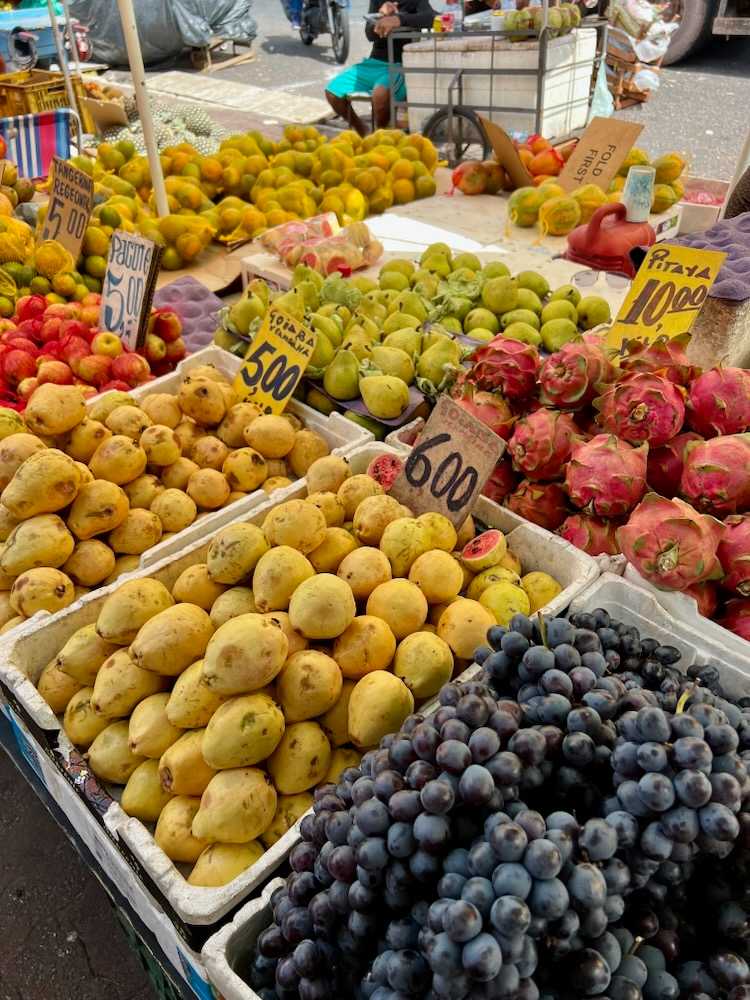
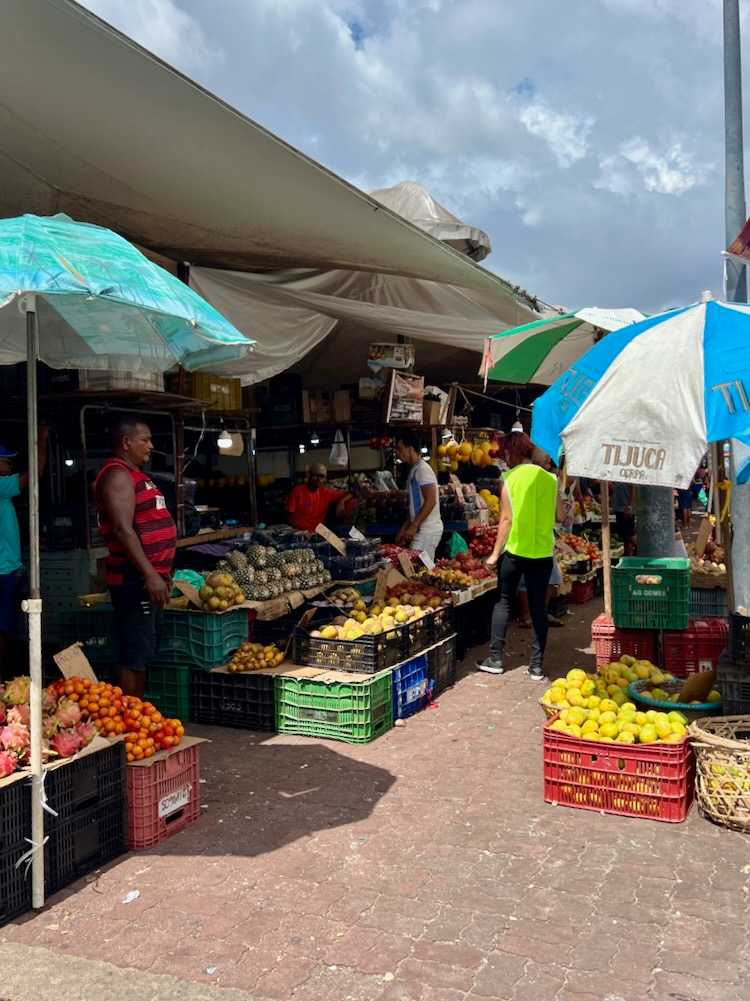
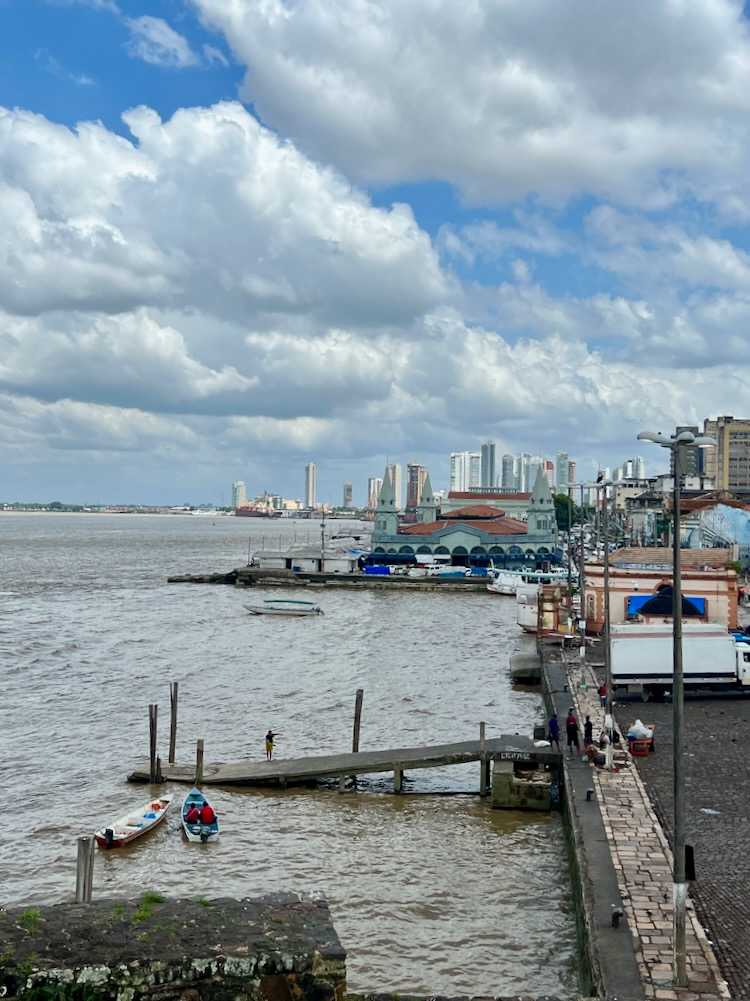
2. Take a boat tour of Combú Island or spend a beach day at Cotijuba Island in Belém
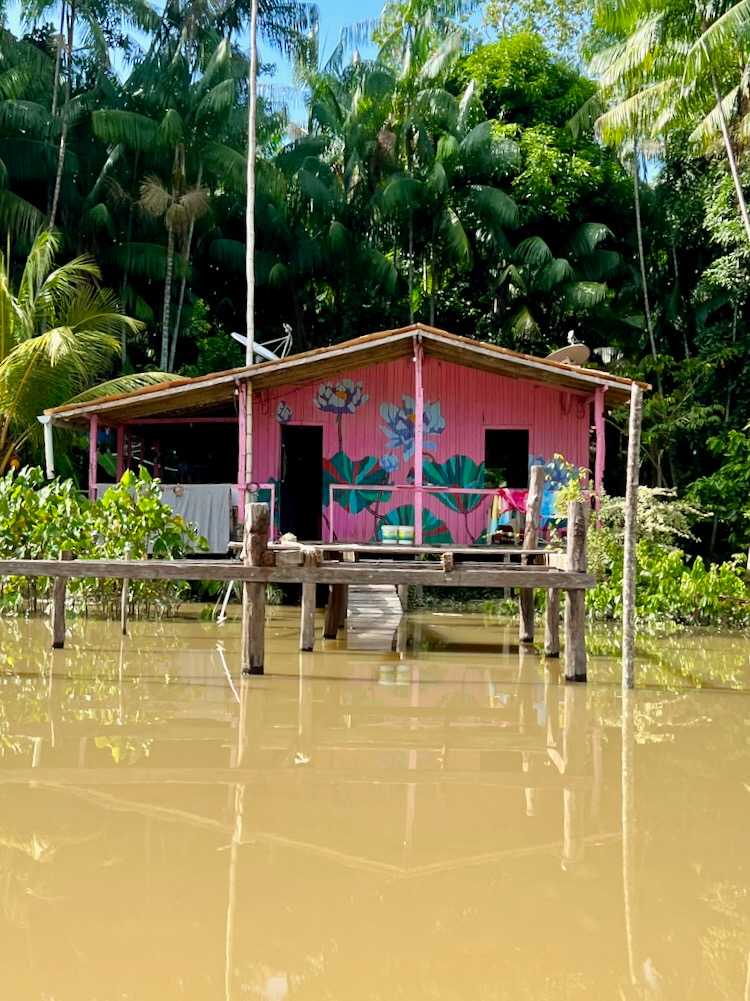
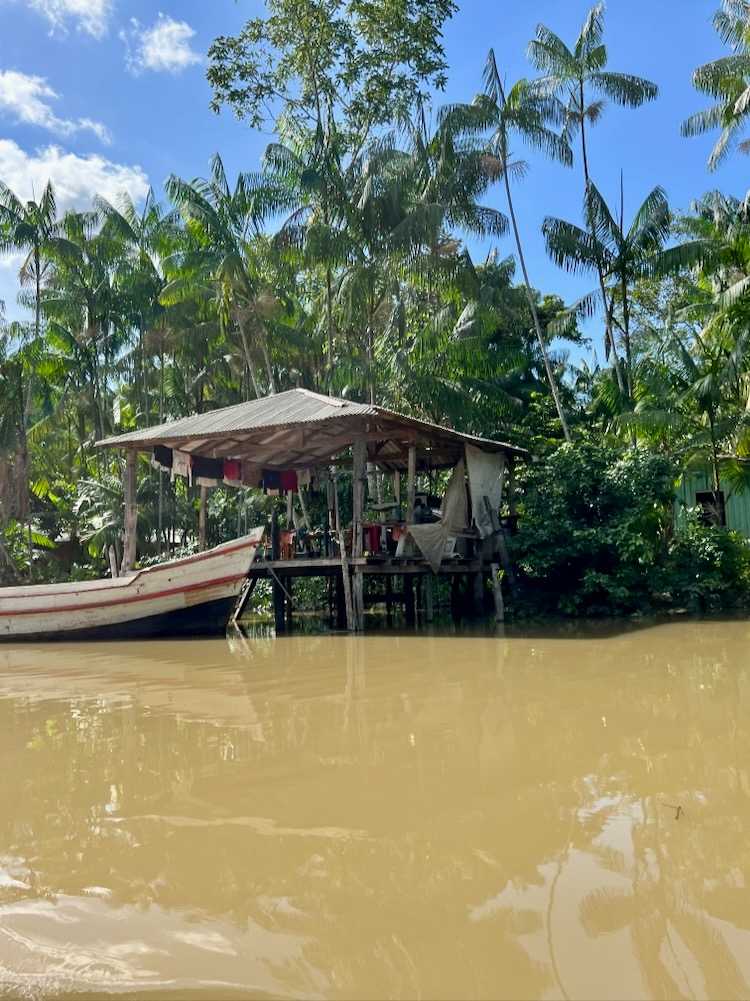
There are dozens of river islands off the coast of Belém. The most frequented include Combú, Cotijuba, and Mosqueiro.
If you’re interested in a beach day, head to Cotijuba and Mosqueiro for sandy river beaches with beachfront bars and restaurants. Boats leave daily from the Icoaraci Boat Terminal north of the city to these islands.
A visit to Combú Island, Belém’s 4th largest, is one of the best tours outside the city.
I recommend using MonoTour Belém to explore Combú Island. During this tour, visitors have the opportunity to:
- Traverse the rivers and canals by boat around Combú
- See the “Street River” art project – painted homes along the river that have become an open-air art gallery
- Participate in a guided walk through the Amazon rainforest
- Learn about Paraense and Riberino (someone who lives on the river) culture and cuisine on the island
- Visit cocoa bean farm and factory
If you don’t want to do a full-day tour of Combú, another option is to go for lunch. There are over 40 restaurants on the island, most are only open on the weekends.
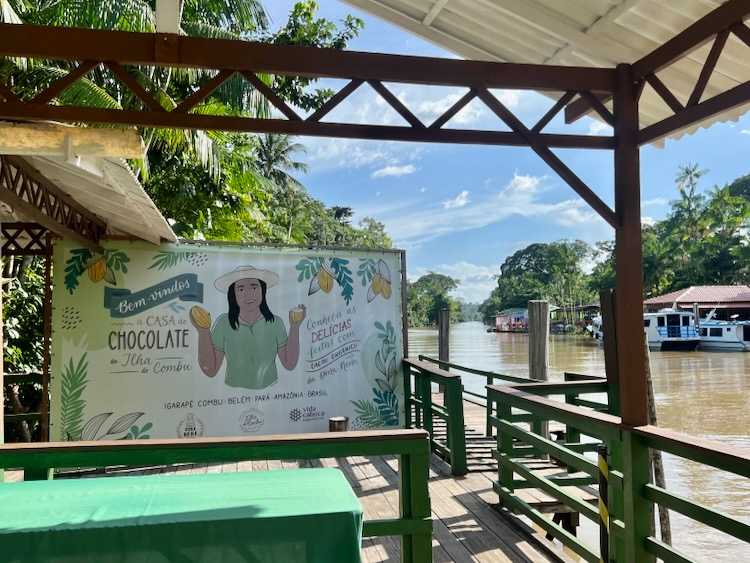
3. Stroll through Belém'a Mangal das Garças Zoo Botanical Park

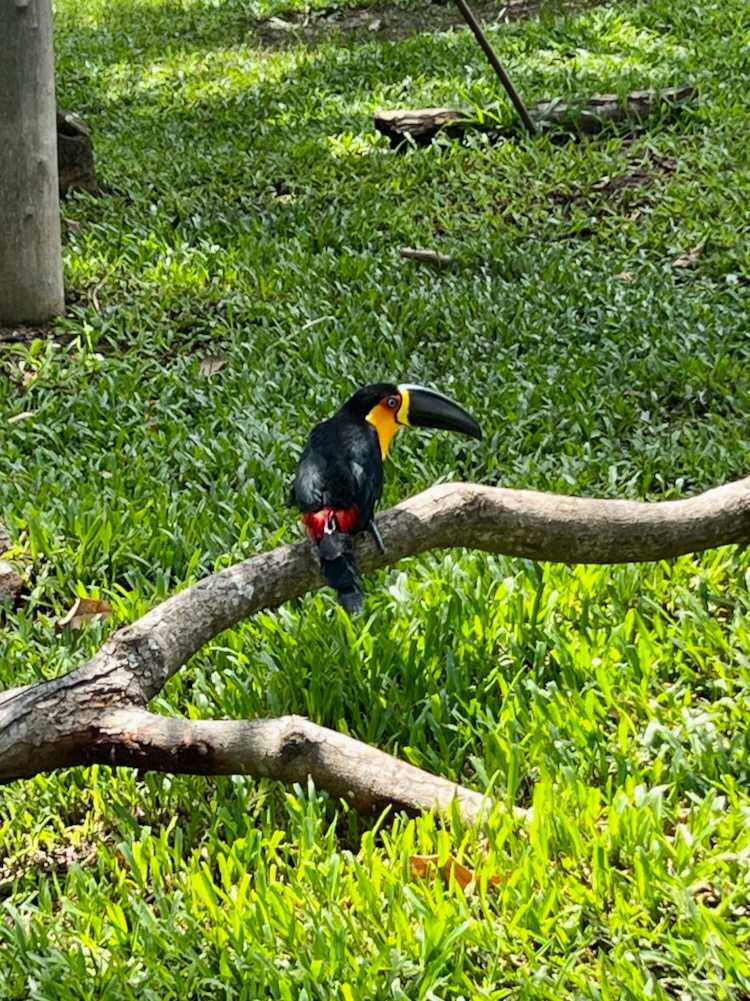
Mangal das Garças Zoo Botanical Park is 10 acres of revitalized Amazon rainforest and habitat along the Guamá River in downtown Belém. It brings visitors closer to some of Amazon’s unique flora and fauna in Belém.
The park is closed on Mondays. Visit the Mangal da Garças Instagram for the latest news and happenings in the park.
4. See a show or take a tour of Belém's Theatro da Paz
Built in 1878 to satisfy the burgeoning city’s desire for a grand theater of the likes of ones from Europe, Theatro da Paz is still one of the most impressive theaters in Brazil. The theater’s Spectacular Hall or Sala de Espetáculos seats 900 patrons and features a fresco painting on the ceiling.
The theater offers 1 hour tours every day except Mondays. Check the theater’s Instagram for the latest tour times.
The Theatro da Paz hosts an annual Opera Festival in August and September. For upcoming shows, visit the programação section of their website or their Instagram.
5. Try Jambu Cachaça at a bar in Belém like Meu Garoto
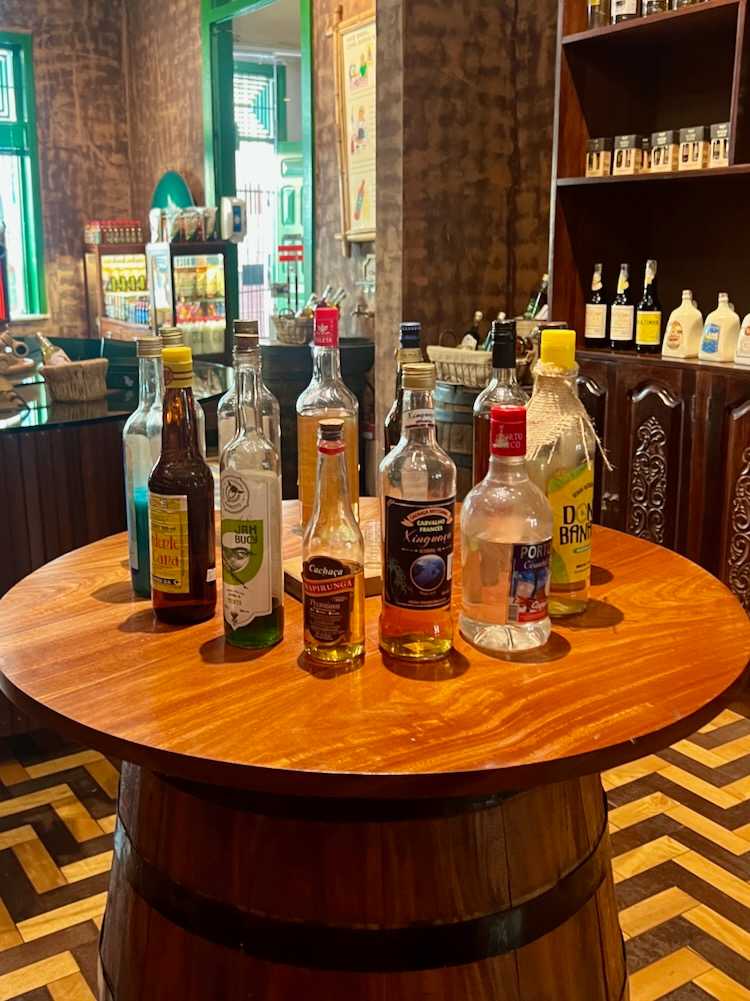
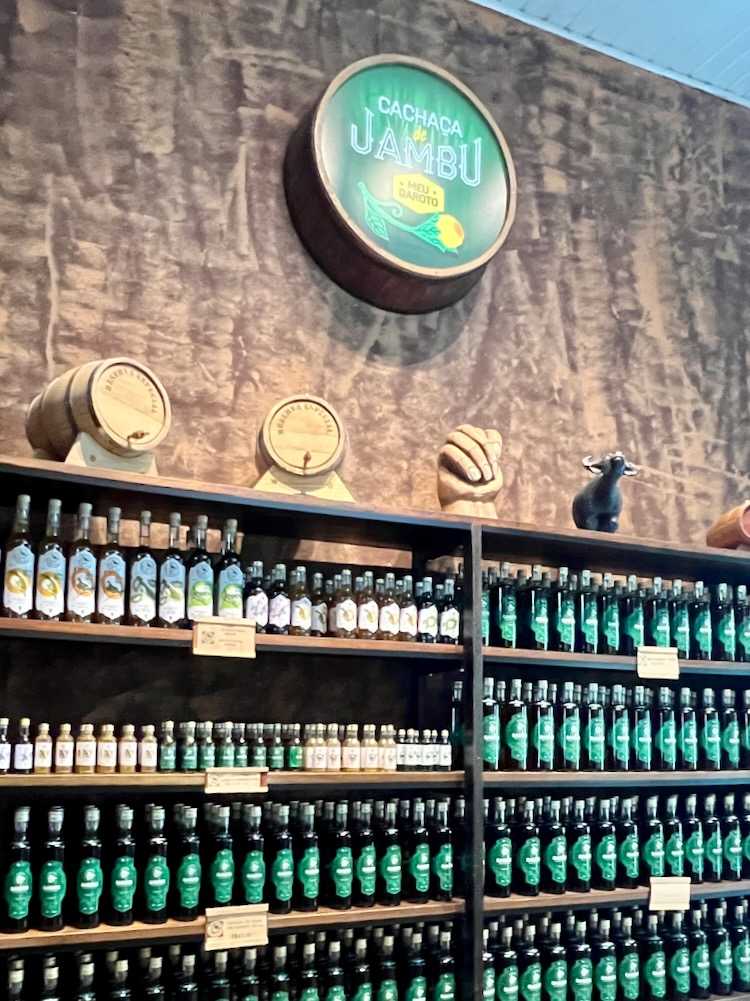
Cachaça is the national liquor of Brazil.
It is a distilled spirit made from fermented sugarcane. Cachaça is most famously used in Caipirinhas – Brazil’s most popular cocktail.
In Belém, the bar or boteco Meu Garoto combines cachaça with a mouth-numbing (literally) ingredient from the Amazon – Jambu.
It all started when Leonardo Porto, owner of Meu Garoto, was drinking Cachaça and eating a local dish called Tucupi that uses Jambu. It was then that he had the idea to combine Cachaça and Jambu. Today Meu Garoto cachaça with jambu is sold all over Brazil.
At Meu Garoto’s store in Belém, visitors can experience the month-tingling sensation of Jambu along with many other Amazonian fruit-infused cachaças like Cupuaçu, Açaí, and Bacurí.
In addition to the store, Meu Garoto still has two bar locations in Belém. One is near the store and the other by Praça Brasil.
More about Jambu
Jambu is a staple in Paraense cuisine. It is a Brazilian herb that when indigested produces a brief mouth-numbing sensation.
Jambu has been important to the Indigenous communities of the Amazon for hundreds of years. Its numbing qualities made it useful in treating ailments such as toothaches.
Today though, Jambu has become much more trendy and is found in many restaurants and bars throughout Northern Brazil.
Two of Jambu’s most popular uses in gastronomy are in the traditional broth-based dish called Tacacá and in Brazil’s famous cocktail – the Cairpirinha.
6. Spend the afternoon at Belém's Estação das Docas complex
The Estação das Docas in Belém is one of the city’s premier gastronomic and cultural destinations.
Located at the old port, the Estação das Docas complex sits along the Guajará Bay. A landmark feature of the complex is the massive yellow cranes originally imported from the US in the 20th century that still sit along the pier today.
Estação das Docas complex includes three large halls or armazéns:
- Boulevard das Artes (Art Boulevard): Permanent exhibition of the history of the port, artisan, clothing, and souvenir shops, brewery, and ice cream and food stands.
- Boulevard da Gastronomia (Gastronomy Boulevard): More restaurants featuring Pararense and Amazonian cuisines.
- Boulevard das Feiras e Exposições (Fair and Exhibition Boulevard): Includes the Maria Sylvia Nunes Theater and is mostly used for events and conventions.
Part of the complex was built on the ruins of the São Pedro Nolasco Fort which is now an amphitheater.
The restaurants here are great places to dip your toes into Pararense and Amazonian cuisines. A visit to Estação das Docas isn’t complete without enjoying the sunset over the Guajará Bay with a cold beer from Amazon Beer.
Check the Estação das Docas Instagram for the most recent hours of operation and upcoming cultural and musical events.
7. Journey back in time at the Forte do Castelo de Belém & lunch at Casa do Saulo Onze Janelas
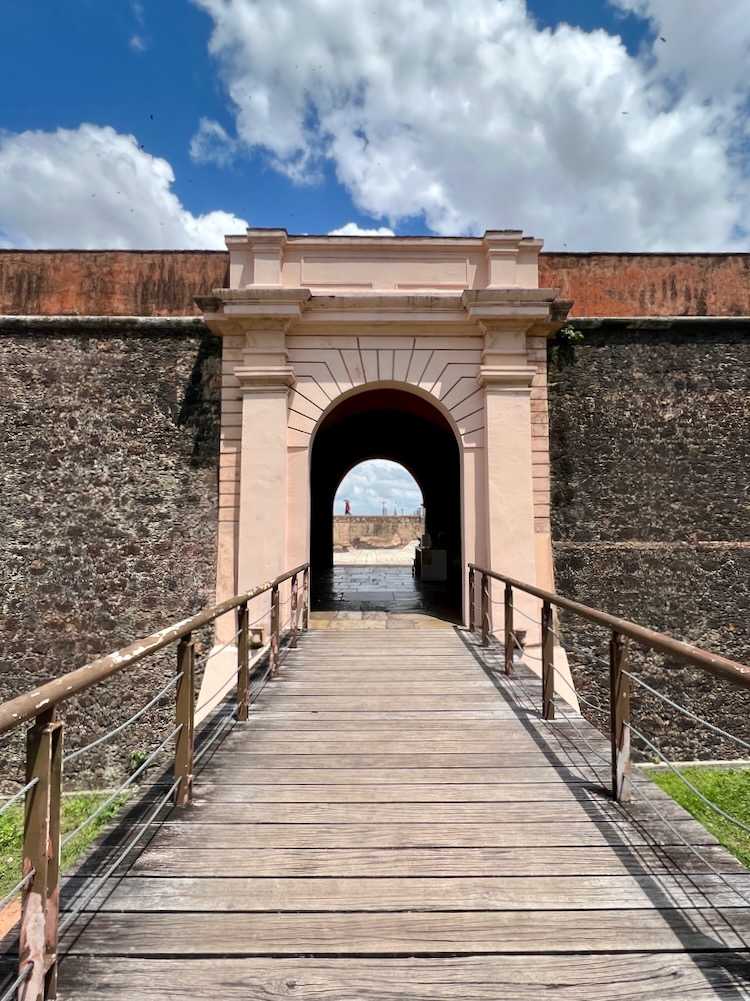
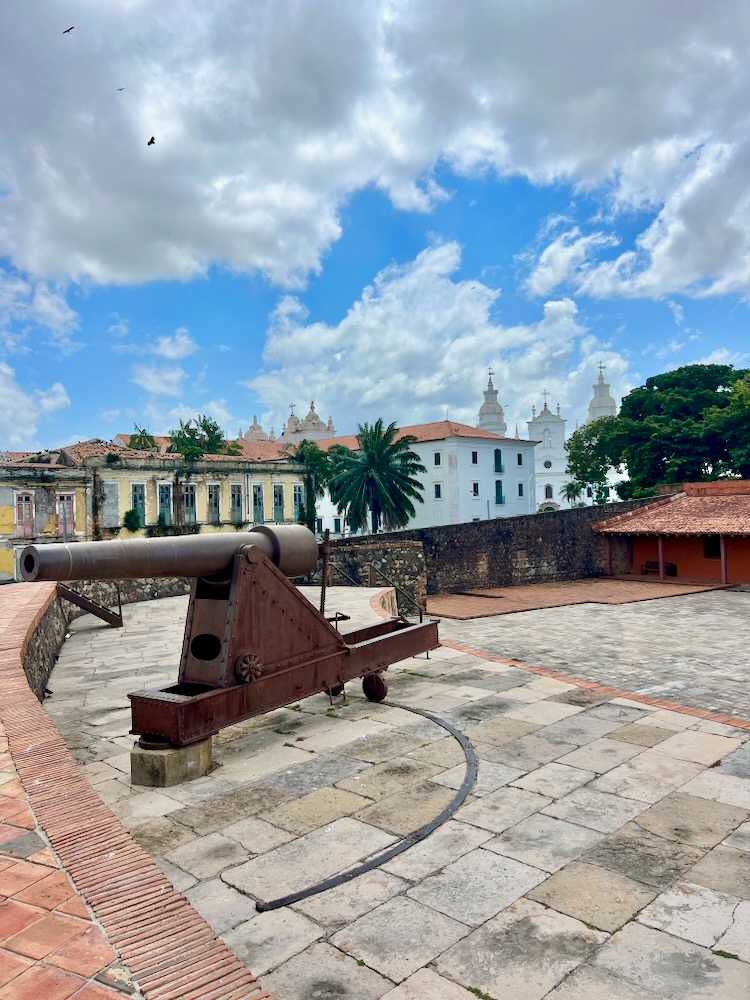
The Belém Castle Fort was built in 1616 to protect the Portugueses’ newly established territory in the Amazon.
Visitors can tour the fort grounds and a small museum that showcases archeological artifacts and ceramics discovered in the region.
Near the entrance to the fort is the Espaço Cultural Casa das Onze Janelas which houses contemporary art and photography from northern and northeastern Brazil. It originally served as the home of a wealthy sugar mill owner in the 18th century, later becoming a hospital before being revitalized into a museum.
Not far from the Belém Castle Fort and the contemporary art museum is one of the best restaurants in the city – Casa do Saulo Onze Janelas.
The restaurant’s chef, Saulo Jennings, is the same chef behind the equally famous Casa do Saulo in Alter do Chão.
Casa do Saulo Onze Janelas is one of the best restaurants representing Tapajônica cuisine.
Tapajônica cuisine is a fusion of Amazonic and Paraense (from the state of Pará) that relies on methods, ingredients, and traditions derived from the Tapajós River region.
At Casa do Saulo, I recommend the tucunaré (Peacock Bass) or tambaqui fish, caboco breaded shrimp, pastels (a pastel is like an empanada) with local Marajó cheese, braised duck with tucupi and jambu, and to drink, a cupuaçu moscow mule.
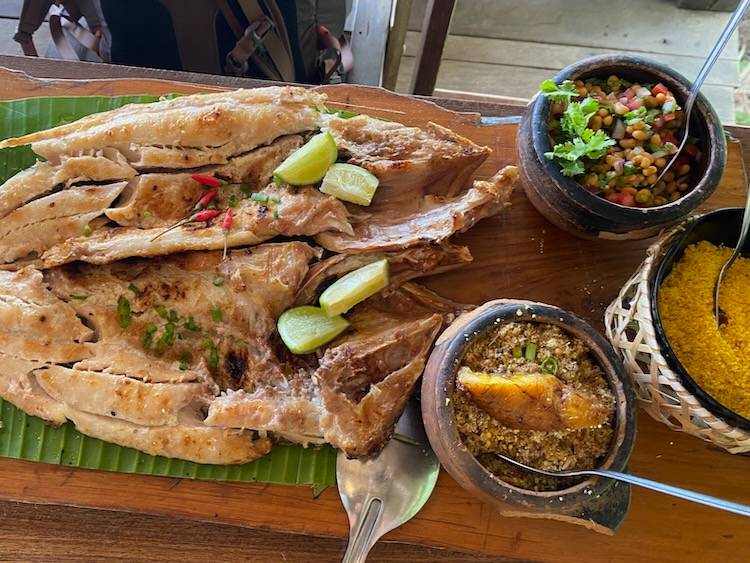
8. Learn more about the Amazon's flora & fauna at Emilio Goeldi Museum of Pará and Zoological Park
Natura history lovers will love a visit to Emilio Goeldi Museum of Pará and Zoological Park (Museu Paraense Emilio Goeldi). Founded in 1895, it is one of the oldest natural history museums with a specific focus on the Amazon.
There is also a research center attached to the museum which focuses on earth and ecological sciences, botany, zoology, and human sciences.
In the Zoological Park, there are over 3,000 plants and 100 different animal species including 1,600 mammals, birds, reptiles, and fish.
The museum is open from Wednesday to Sunday. Check the Emilio Goeldi Museum of Pará’s Instagram for the latest updates before your visit.
9. Visit Belém's most famous churches: Basílica de Nossa Senhora de Nazaré & Catedral Metropolitana de Belém
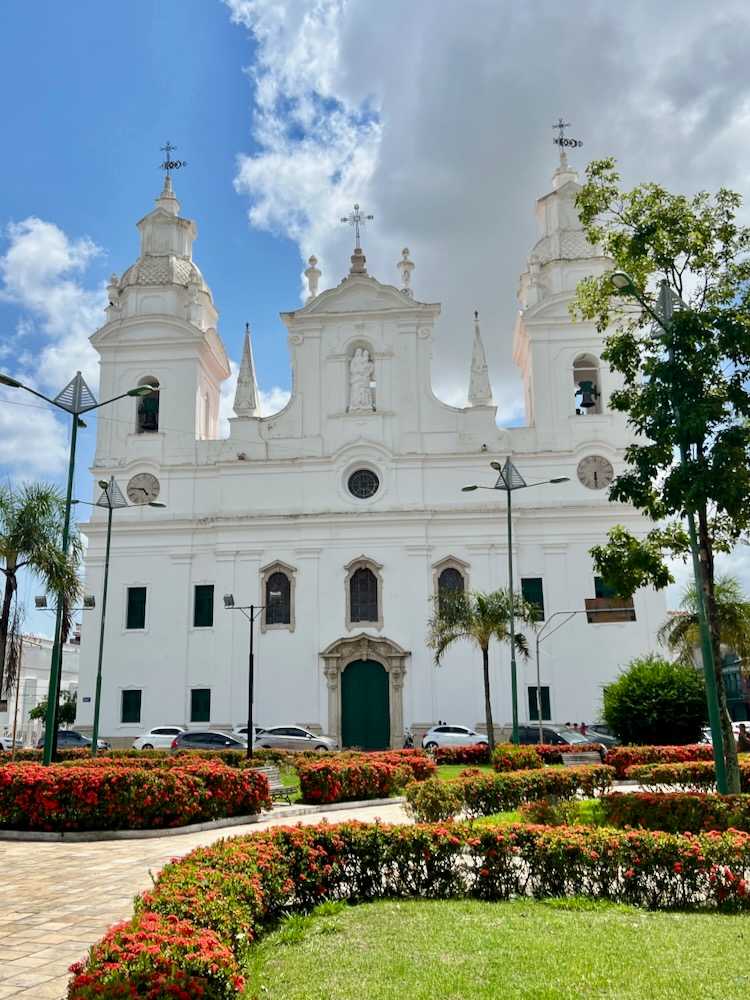
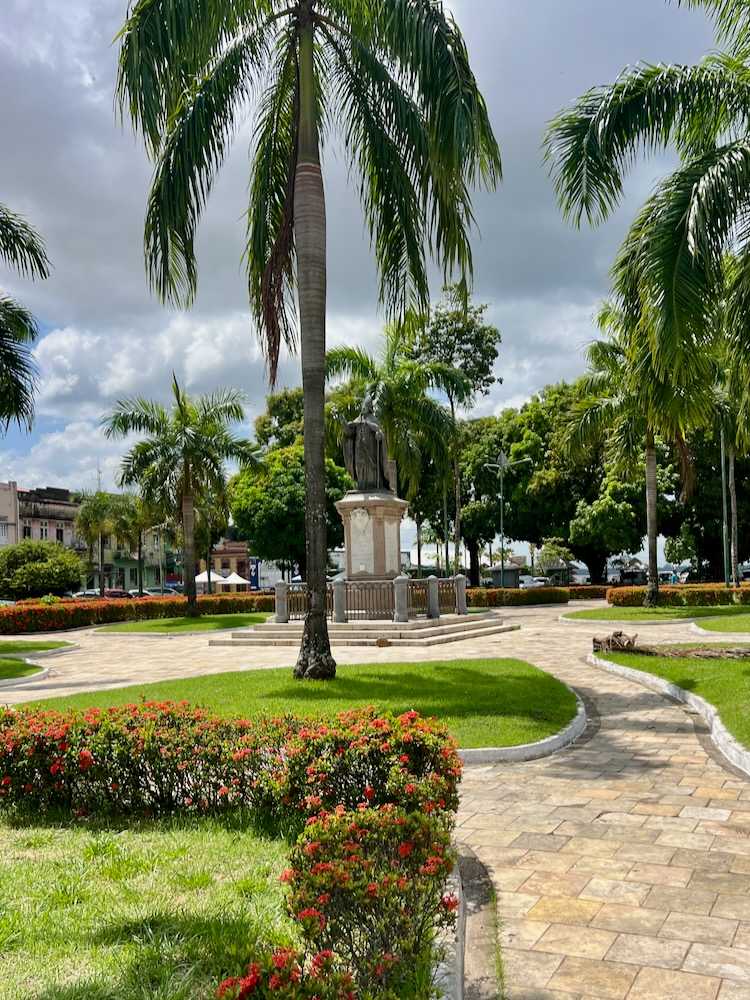
The Basilica of Our Lady of Nazareth (Basílica de Nossa Senhora de Nazaré) was built in 1909. Its location in Belém is derived from a 300-year-old story.
In the 18th century, a local hunter found a wooden statue in the mu with the image of the Virgin Mary. After bringing the statue home to show his wife, the statue disappeared in the night. Mysteriously the statue returned to the same location where the hunter first encountered it.
The story goes that every time he brought the statue home it would disappear and be found in the mud again. To prevent the statue from disappearing again, he built a small chapel in the same place where the image of the Virgin Mary was found.
Here is where the Basilica of Our Lady of Nazareth stands today.
The Metropolitan Cathedral of Belem (Catedral Metropolitana de Belém) was founded in 1616 on the grounds of the Belém Castle Fort. Today it is in front of the Frei Caetano Brandão Plaza, not far from its original location.
10. Explore the Bosque Rodrigues Alves - Amazon Zoo Botanical Garden
Bosque Rodrigues Alves – Amazon Zoo Botanical Garden (Bosque Rodrigues Alves Jardim Zoobotânico da Amazônia) is 37 acres of Amazonian flora and fauna nestled into downtown Belém.
The reserve is home to 435 animals/68 different species. Some of the animals are kept in captivity while others a free to come and go. Visitors may see Amazonian manatees, alligators, turtles, tortoises, macaws, and monkeys.
Bosque Rodrigues Alves is open Tuesday to Sunday, 8 am to 2 pm.
Related Posts…
Belém, Brazil: Your Guide to the Amazon’s Best City
Alter do Chão: Your Ultimate Guide to the Amazon’s Paradise
10 Amazing Things to Do in Alter do Chão, Brazil
How to Travel from Manaus to Santarém: 31 hours on an Amazon River Ferry
How to visit the Brazilian Amazon: 4-nights in the Jungle at the Dolphin Lodge

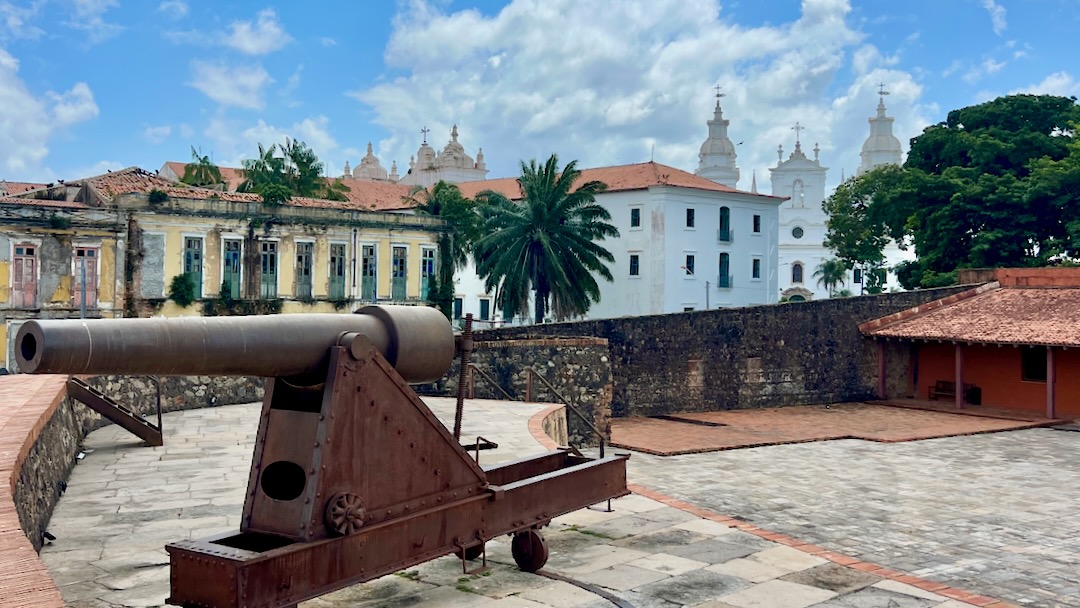
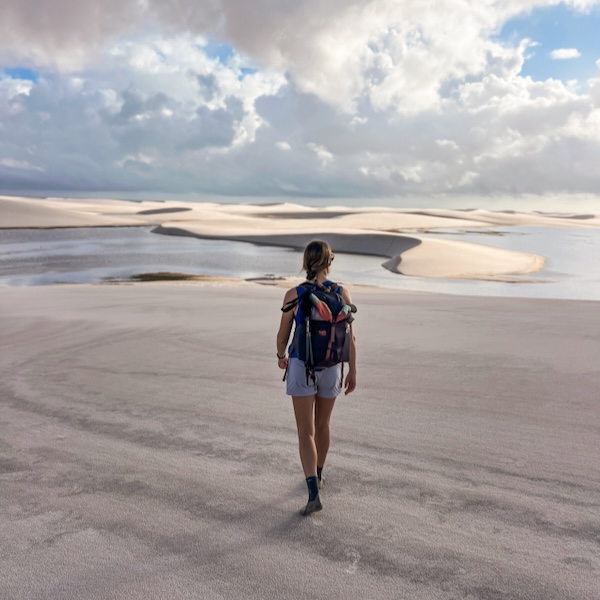
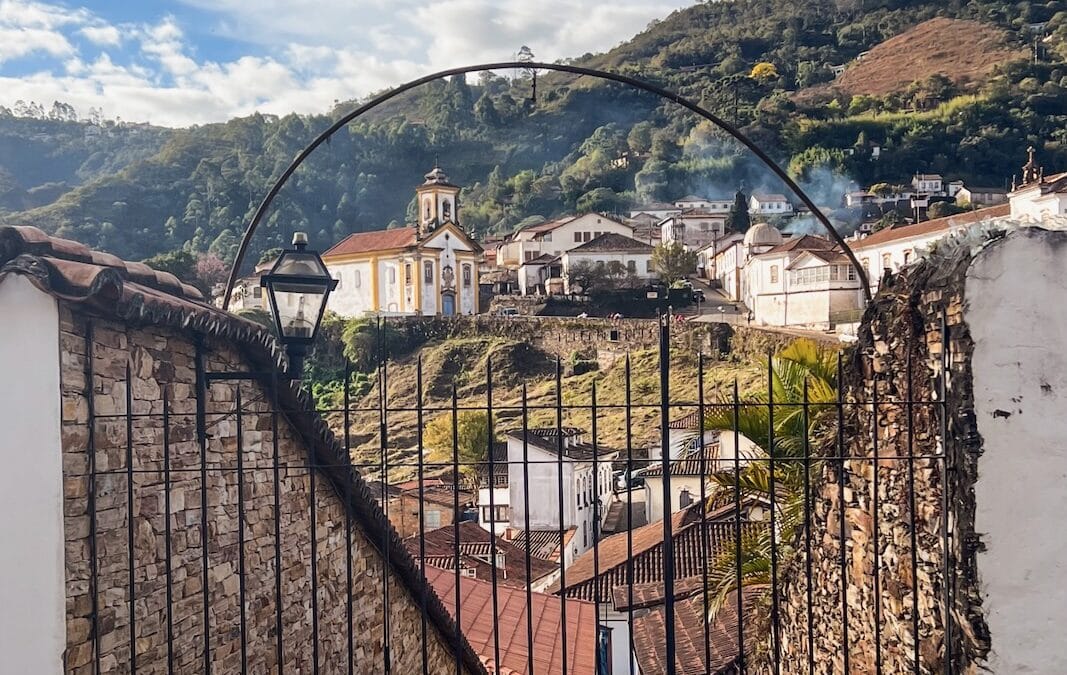
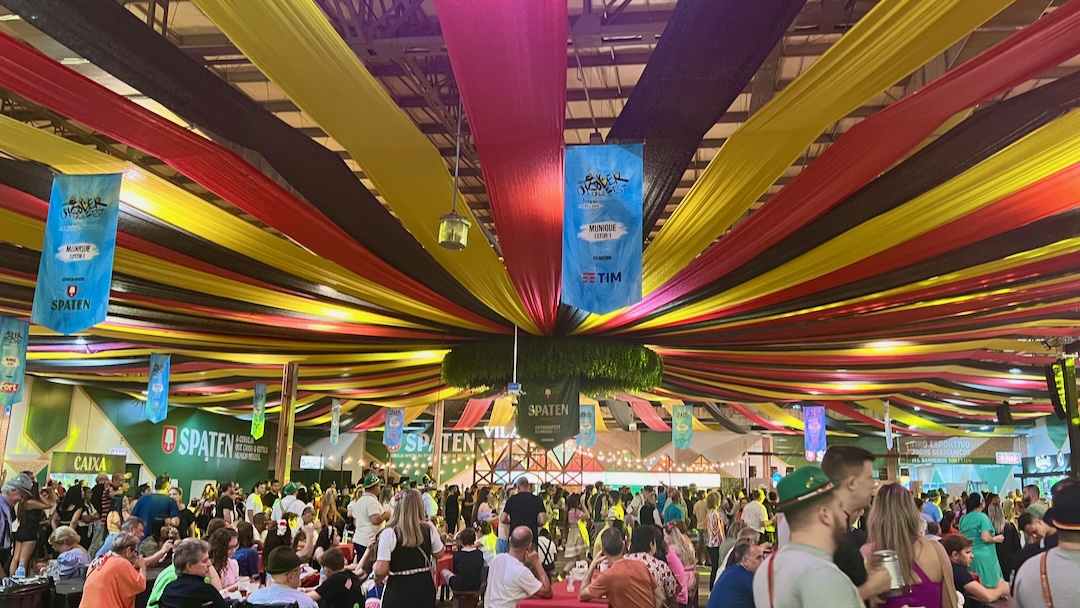
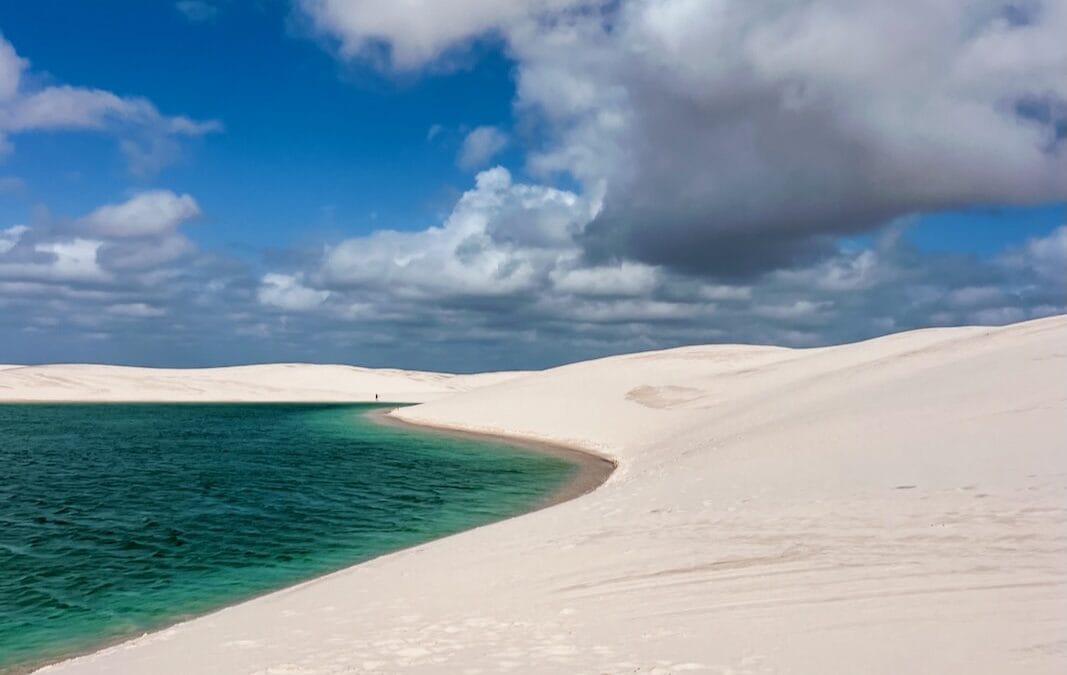
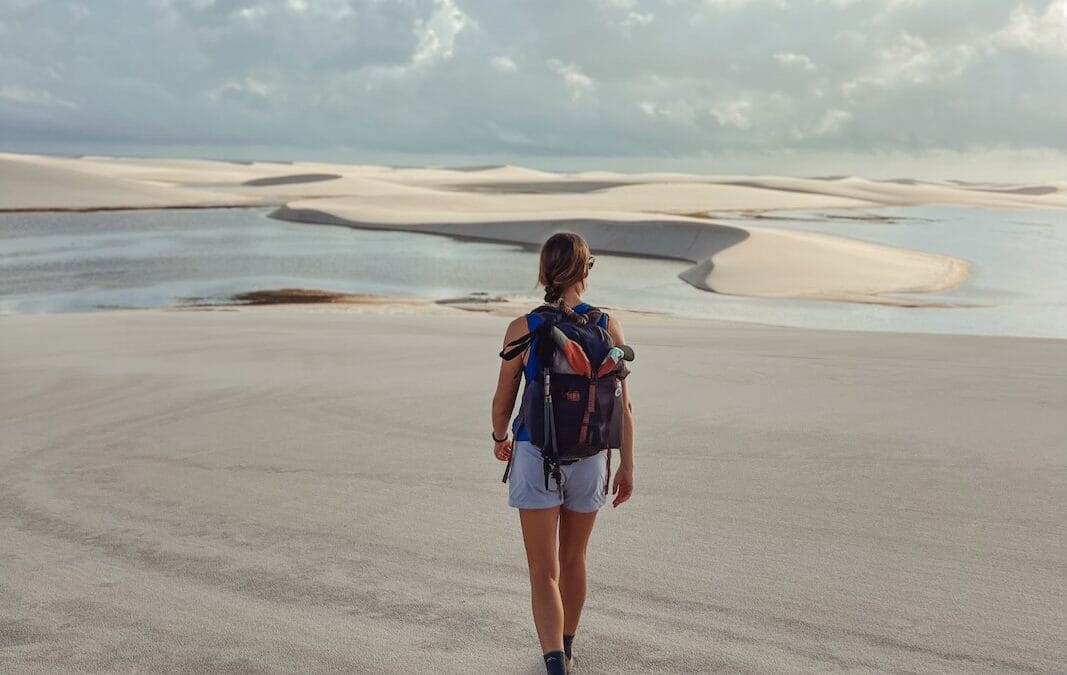
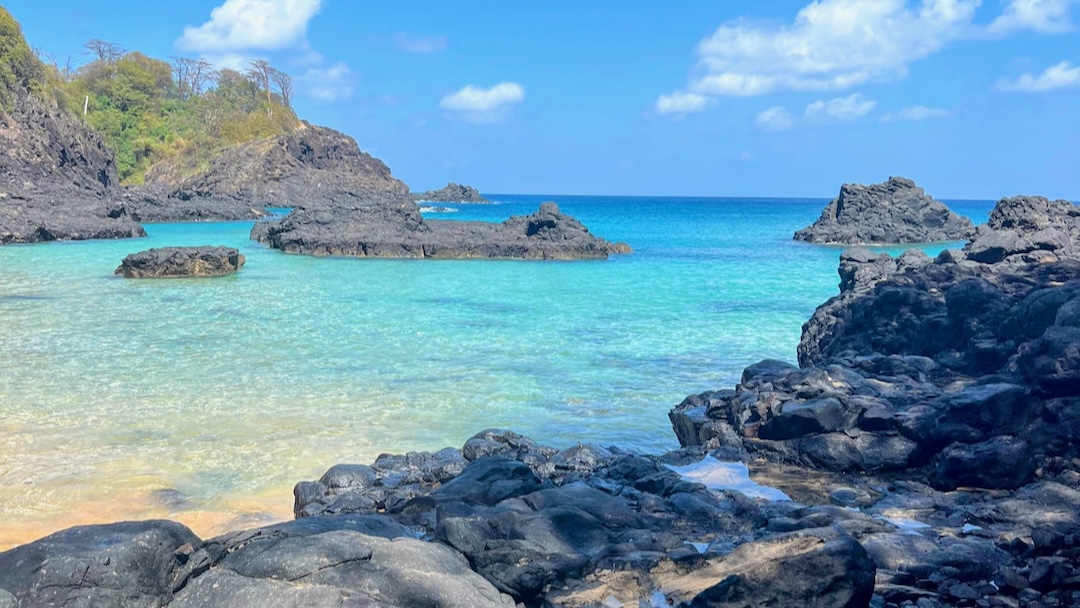
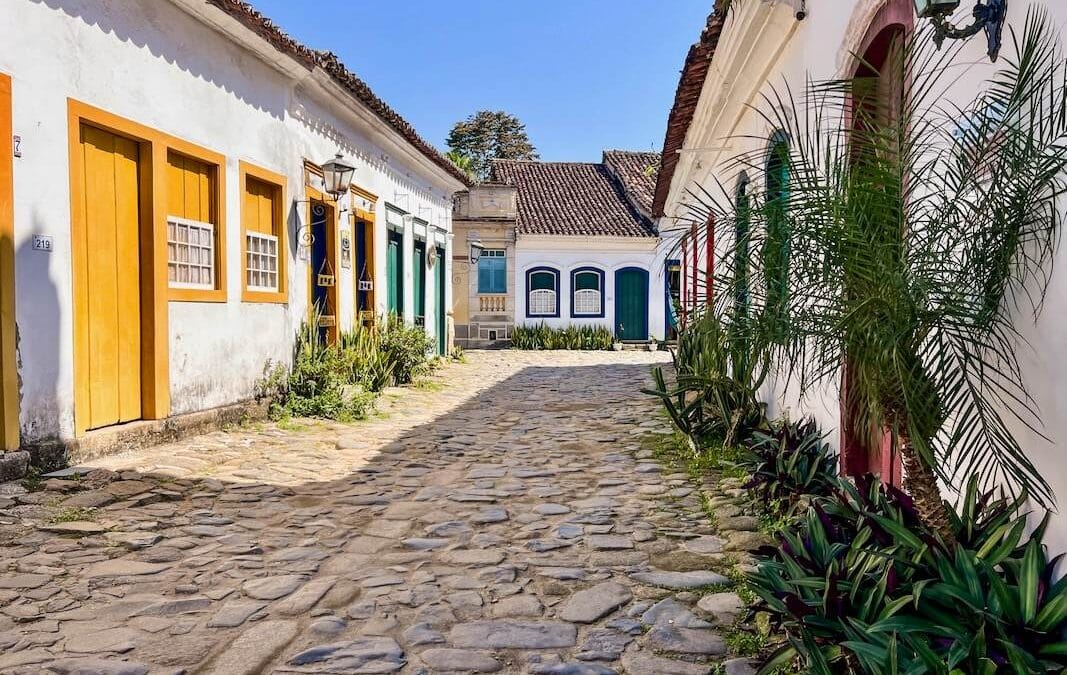
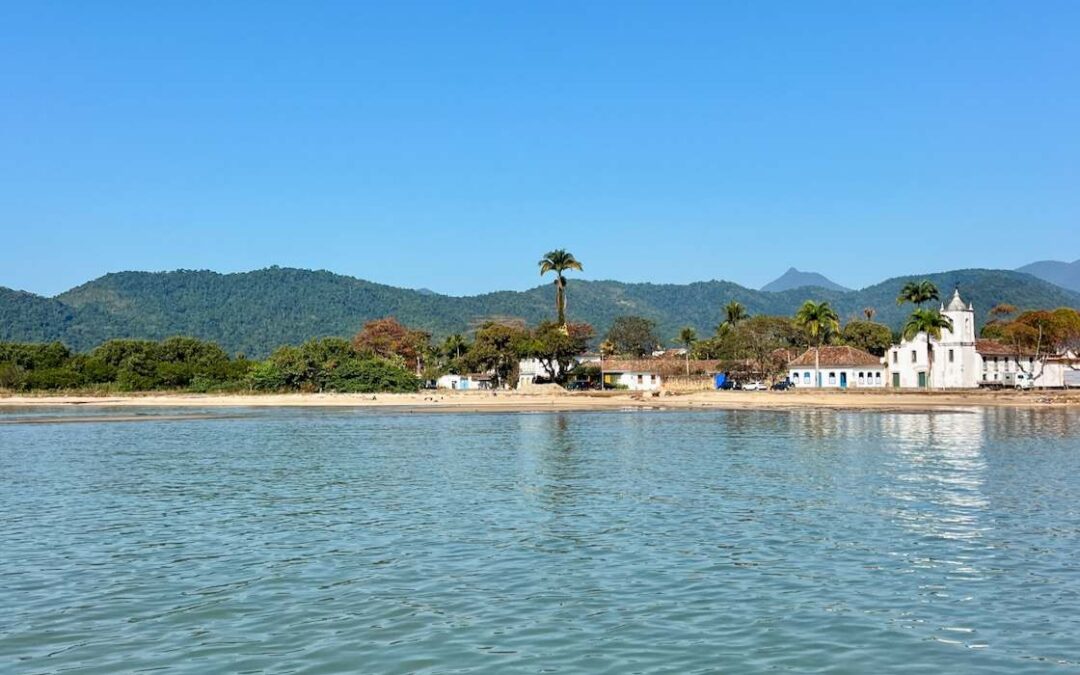
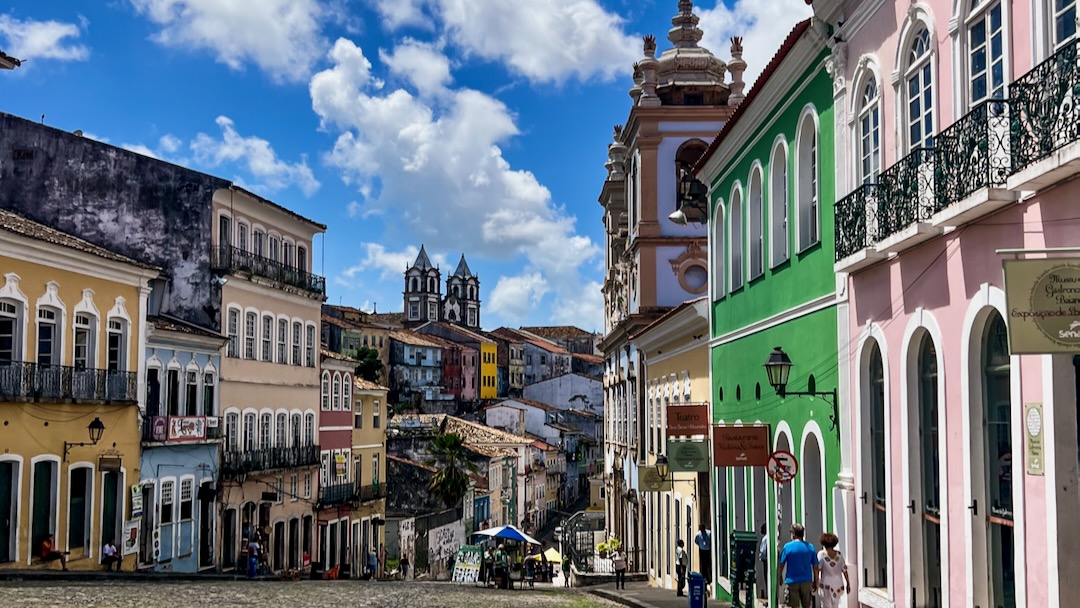
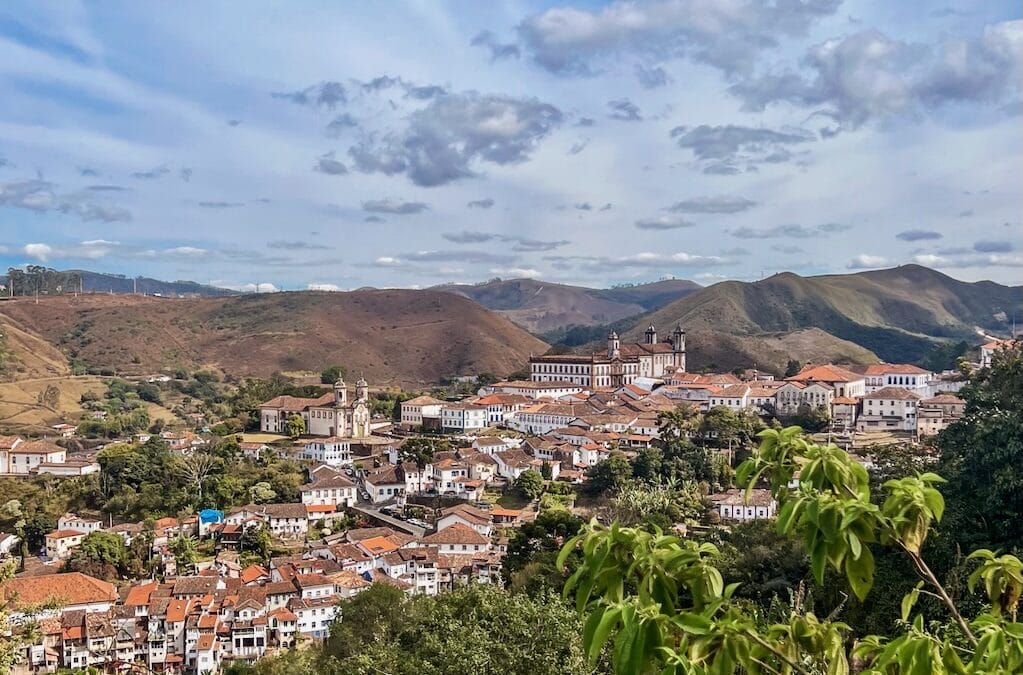
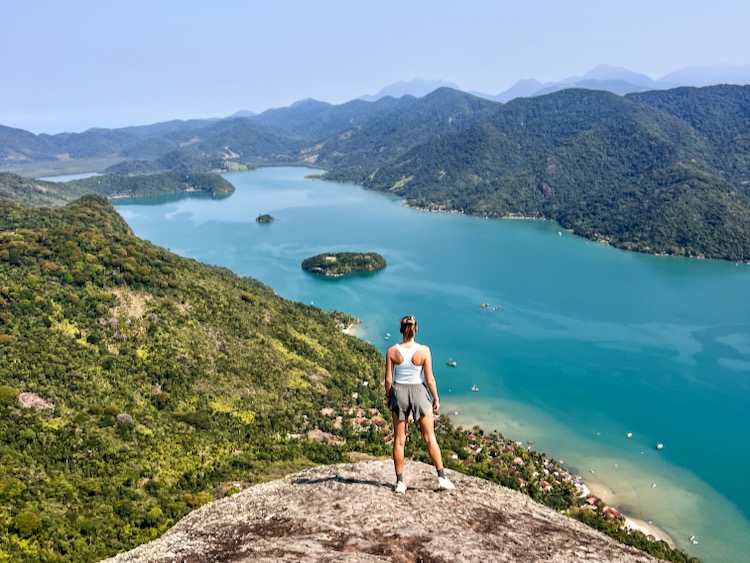
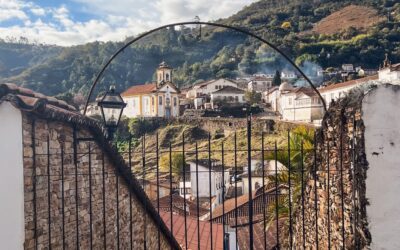
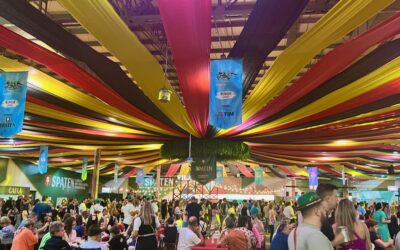
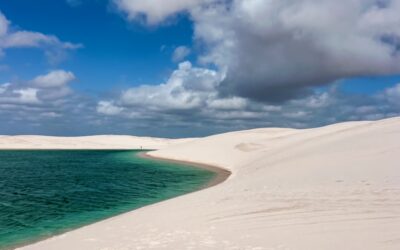
0 Comments